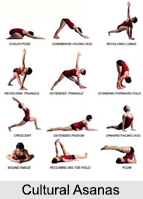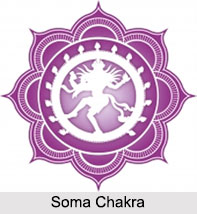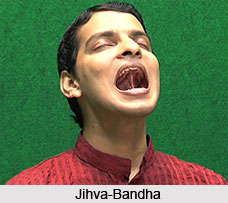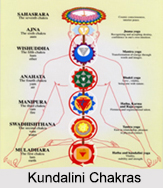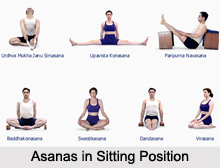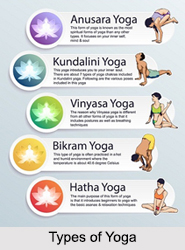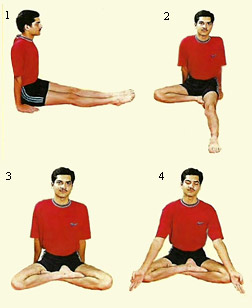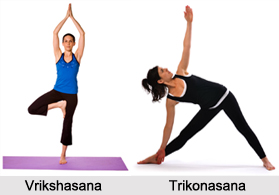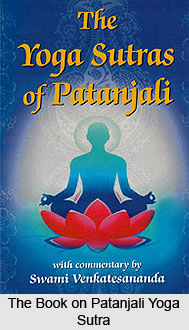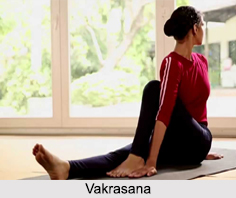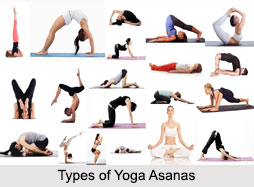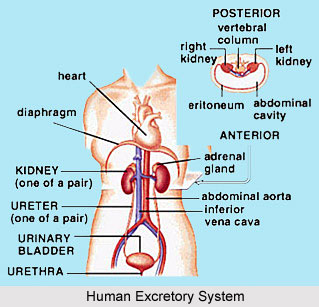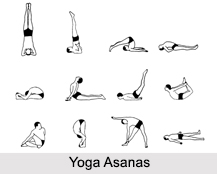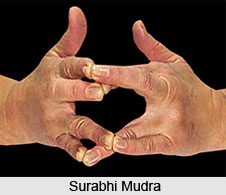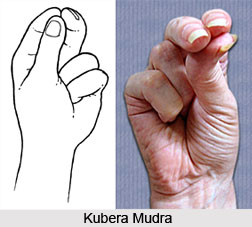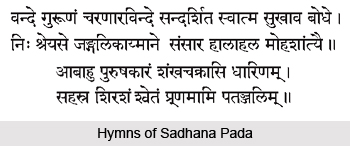 The knartham prati nastam api anastam tadanya sadharanatvat sutra explains about the ultimate stage among the emancipated. These liberated beings are left to their condition, however, these procedures do not cease to influence others. The detailed process of influencing the seer and freeing him from the worldly confines comes to an end and the sadhaka is able to perceive his own true self. Nothing is important to him any more. However, all the stages that a sadhaka has overcome, continues to bother the people who remain bogged down in the worldly affairs.
The knartham prati nastam api anastam tadanya sadharanatvat sutra explains about the ultimate stage among the emancipated. These liberated beings are left to their condition, however, these procedures do not cease to influence others. The detailed process of influencing the seer and freeing him from the worldly confines comes to an end and the sadhaka is able to perceive his own true self. Nothing is important to him any more. However, all the stages that a sadhaka has overcome, continues to bother the people who remain bogged down in the worldly affairs.
krianham whose purpose has been fulfilled, who has attained an end, successful, satisfied
prati against, in opposition to
nastam destroyed, disappeared, lost sight of
api although
anastam not disappeared, not destroyed, not lost
tat that
qnya to others
sadharanatvat average, being normal
The relationship with nature ceases for emancipated beings, its purpose having been satiated, but its processes continue to affect others.
As soon as the vehicles of nature which act as agents of the seer fulfill their task of freeing him from his mental and sensory prison, they are stilled, having reached their purpose. The bond between the seer and nature comes to a culmination. Nature ceases to exist for him. He is able to perceive his own form (svarupa).
However, the vehicles of nature, elements, their subtle qualities, cosmic intelligence, individual self, ego, intelligence, senses of perception and organs of action are common to all, so for others, who remain caught up in the world`s commotions, the bondage lives on.

